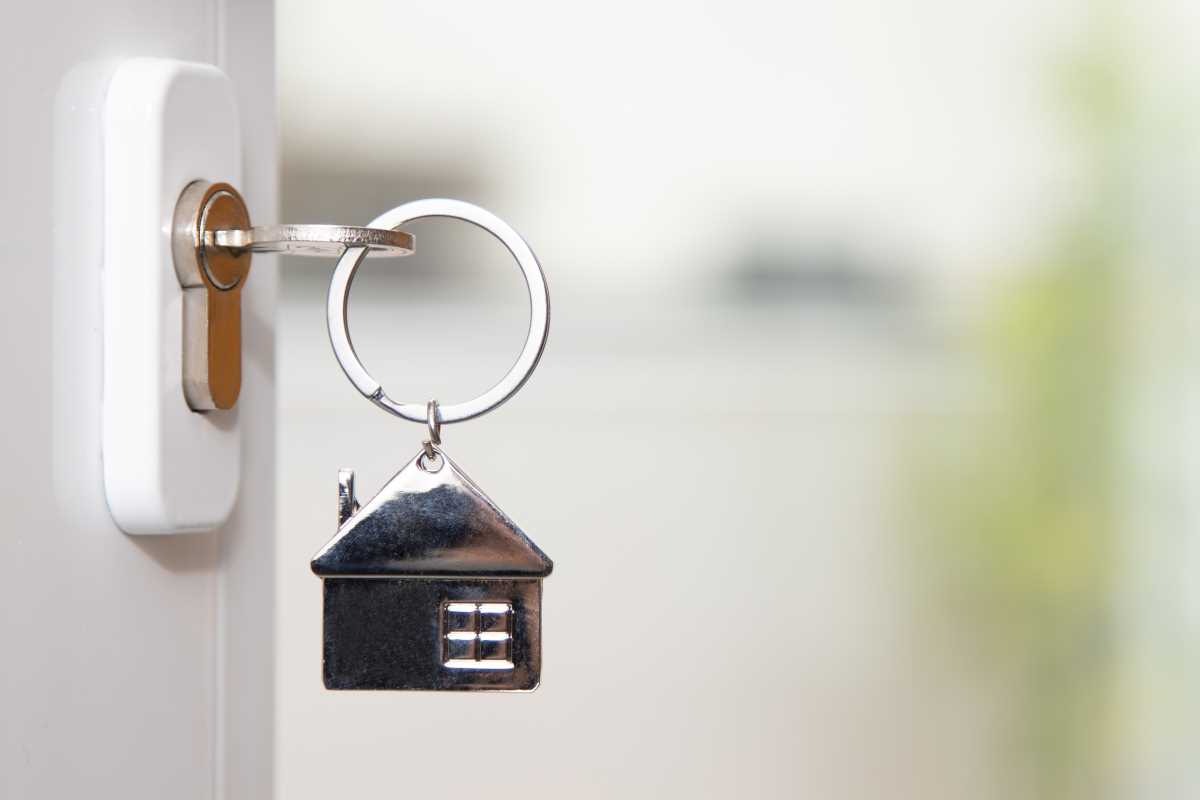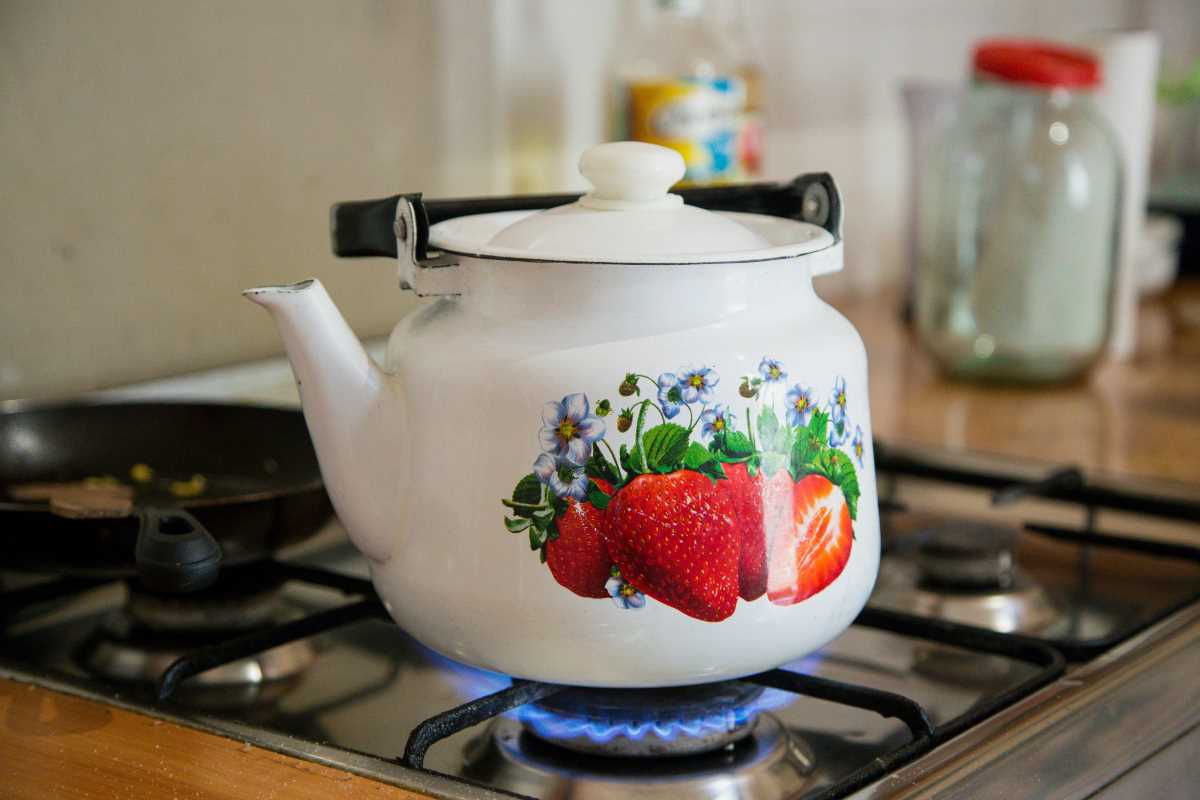Maximizing Curb Appeal: Preparing to Sell Your Home
By: Everett Whitman Last updated: 08/01/2024
Preparing your home for sale can be a daunting task, but with the right approach, you can maximize its appeal and ensure a successful sale. The process involves more than just tidying up; it requires careful planning, strategic improvements, and a keen eye for detail.
Declutter and Organize
One of the first steps in preparing your home for sale is to declutter and organize each room. A clutter-free space allows potential buyers to envision themselves living in your home. Start by removing personal items, excessive furniture, and any unnecessary knick-knacks.
Begin with one room at a time. Sort items into categories: keep, donate, sell, or discard. Focus on high-traffic areas like the living room, kitchen, and bathrooms. Ensure closets are organized, as buyers often look there to gauge storage space. A well-organized closet can give the impression of ample storage.
Deep Clean
Once decluttering is complete, it’s time for a thorough cleaning. A clean home not only looks better but also signals to buyers that the property has been well-maintained.
Pay special attention to every nook and cranny, including baseboards, window sills, and light fixtures. Don’t forget to clean carpets and rugs; consider professional cleaning if necessary. Kitchen appliances should shine, so wipe down the insides of ovens, microwaves, and refrigerators. Ensure bathrooms are spotless, with mirrors and fixtures sparkling.
Make Necessary Repairs
Addressing repairs before listing your home is crucial. Buyers are often deterred by visible maintenance issues, which can lead to lower offers or longer days on the market. Walk through your home and note any areas needing attention, such as leaky faucets, chipped paint, or damaged tiles. Fix any loose doorknobs or cabinet handles, and ensure windows open and close smoothly. If your home has outdated fixtures, consider replacing them for a more modern look. Small repairs can significantly impact a buyer’s impression and can lead to a quicker sale.
Enhance Curb Appeal
First impressions matter, especially in real estate. Enhancing your home’s curb appeal can draw in potential buyers and set the tone for what they can expect inside.
Focus on the exterior by mowing the lawn, trimming hedges, and planting colorful flowers. Freshen up your front door with a new coat of paint or a stylish wreath. Ensure walkways are clear and in good condition. If necessary, pressure wash driveways, patios, and siding to remove dirt and grime.
Stage Your Home
Home staging involves arranging furniture and decor to showcase your home’s best features. It can help buyers visualize the space as their own.
When staging, consider using neutral colors for paint and decor to appeal to a broader audience. Rearrange furniture to create a more open flow and highlight key areas. Use mirrors to reflect light and make rooms feel larger. Consider hiring a professional stager, especially if you’re unsure about your design choices.
Create a Welcoming Atmosphere
A welcoming atmosphere can significantly influence a buyer’s perception. Simple touches can make your home feel warm and inviting.
Keep your home well-lit by opening curtains and using soft lighting. Freshly baked cookies or brewed coffee can create pleasant aromas, making the space feel more inviting. Ensure the temperature is comfortable, regardless of the season. A cozy atmosphere can make buyers linger longer and feel more at home.
Gather Important Documents
Having all necessary documents ready can streamline the selling process and instill confidence in potential buyers. Compile documents such as the title deed, property disclosures, and any recent inspection reports. Have receipts for repairs and improvements made over the years, as they can provide reassurance to buyers. Be prepared with information about local utilities, schools, and neighborhood amenities, which can help buyers understand the area better.
Choose the Right Real Estate Agent
Finally, selecting the right real estate agent can make a significant difference in your selling experience. Look for an agent with a strong track record in your area, good reviews, and excellent communication skills. A knowledgeable agent can provide valuable insights into pricing, marketing strategies, and negotiations.
Pricing Your Home Competitively
Once you’ve completed all preparations, it’s time to consider pricing. Conduct market research to understand comparable homes in your area and their sale prices. Your agent can provide a comparative market analysis to help you set a competitive price that attracts buyers while maximizing your return.
Share now!
This content was created with the help of a large language model, and portions have been reviewed and edited for clarity and readability.






